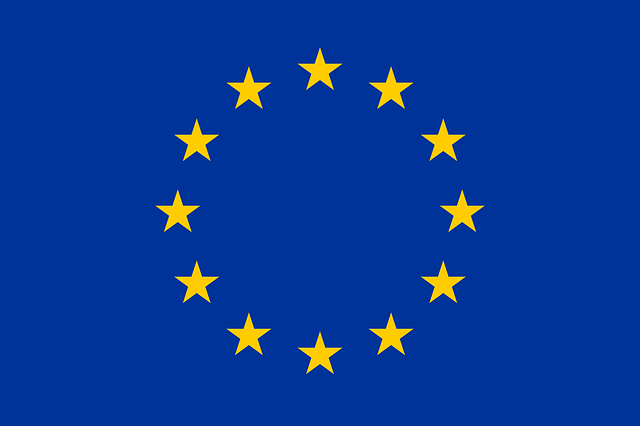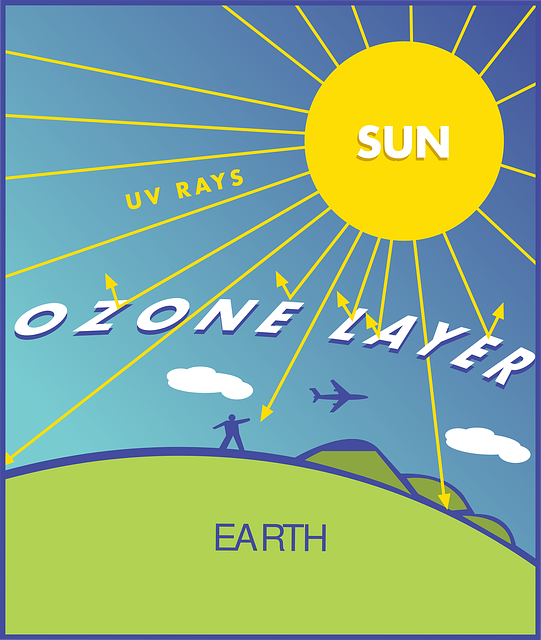Ozone-Depleting Substances (ODS) - Enviropass (original) (raw)
European Regulation of Ozone-Depleting Substances (ODS)
The European Union (EU) Regulation EC 1005/2009, also called the Ozone Regulation, bans the use of ozone-depleting substances. The act covers all the same substances regulated by the Montreal Protocol with the addition offive chemicals. These chemicals are halon 1202, 1-bromopropane, bromoethane, trifluoroiodomethane (TFIM), and chloromethane.
How are Ozone-Depleting Substances Being Regulated?
Overall, it is prohibited to use ODS under the Ozone Regulation. The restriction impacts the ODS production, import, export, and sale. However, there are a few exceptions. For example, limited use in laboratory settings like toxicology studies is allowed. Furthermore, ozone-depleting substances may be employed as feedstock or processing agents, meaning that the ODS is not in the final product of the manufacturing process. In these cases, registration is still necessary to validate the activities.
Any company in the EU that deals with ODS must submit annual reports to the European Environment Agency (EEA).
Let us meet these five additional substances in the Ozone Regulation. They are halogens like POP (Persistent Organic Pollutants).


Table 1: Properties of the Five Additional Substances in the Ozone Regulation
| Chemical Name | Chemical Formula | CAS Number | Common Uses | Health Hazards | Other Regulations |
|---|---|---|---|---|---|
| Dibromodifluoromethane (Halon 1202) | CBr₂F₂ | 75-61-6 | Fire extinguisher | Irritant | - |
| 1-Bromopropane | C3H7Br | 106-94-5 | - Cleaning solvent- Metal degreaser | - Irritant- Reproductive toxicity | - Prop. 65- REACH SVHC |
| Bromoethane | C2H5Br | 74-96-4 | Intermediate in organic synthesis | - Irritant- Cancer | Prop. 65 |
| Trifluoroiodomethane | CF3I | 2314-97-8 | Fire extinguisher (replacement for Halon 1301) | Suspected cause of genetic defects | - |
| Chloromethane | CH₃Cl | 74-87-3 | Feedstock (ex: in silicones) | Developmental toxicity | Prop. 65 |
Among the additional substances, the EU only restricts Halon 1202. The others are declarable substances. Therefore, their production is possible. Nevertheless, the EEA requires their declaration.
Although the main reason to restrict these substances under the Ozone Regulation is their environmental impact, exposure to these substances can have harmful health consequences too. To that point, California’s Proposition 65 regulates chloromethane, bromoethane, and 1-bromopropane for cancer or developmental toxicity risks. In addition, 1-bromopropane is one of the EU REACH SVHC (Substances of Very High Concern).
What is the History behind the Ozone Regulation?
In 1985, scientists discovered a troubling hole in the ozone layer. By 1987, the United Nations proposed the Montreal Protocol on Substances that Deplete the Ozone Layer. It was the first treaty to be signed by all UN members. The agreement was to limit the use of over 100 chemicals that caused a decrease in atmospheric ozone. The protocol officially went into effect in 1989. In addition to being part of this act, the EU drafted the 2009 regulation with stricter restrictions. Its common name is Ozone Regulation.

Figure 1: Five Additional Substances as Part of the Ozone Regulation. From left to right: Dibromodifluoromethane, 1-Bromopropane, Bromoethane, Trifluoroiodomethane, Chloromethane
Why are these regulations necessary? Here are the issues surrounding ozone-depleting substances.

What is the Ozone Layer?
The ozone layer is an area of the stratosphere. It relies on the chemical equilibrium between oxygen, O2, and ozone, O3. In brief, when an oxygen molecule decomposes, its products react to form ozone and vice-versa. However, molecules only react when they reach a precise energy level. In the ozone layer, ultraviolet-B and ultraviolet-C rays from the sun have the perfect amount of energy to transfer to ozone and oxygen to make them react. This process is great for life on Earth.
Why do we Need Protection from UV radiation?
The ultraviolet light that reaches the surface instead of being absorbed by molecules in the atmosphere has severe health impacts. The biggest concern is skin cancer. Furthermore, UV radiation can cause eye problems, such as cataracts, and lead to premature aging.
The most harmful ozone-depleting substances are products of human activity. Refrigeration, air-conditioning, and fire extinguishing industries use ODS.
Ozone-depleting substances disrupt the equilibrium of the ozone layer. The compounds generally include halogens, such as fluorine, chlorine, and bromine atoms. However, the complex halogen compounds made by humans do not directly interact with ozone. They first break down into simpler reactive chemicals in the atmosphere. The most reactive are ClO, BrO, Cl, and Br. They act as catalysts. Indeed, they participate in reactions that destroy ozone molecules but regenerate the halogen compounds. Holes in the ozone layer appear when ODS destroy ozone faster than oxygen creates it.
